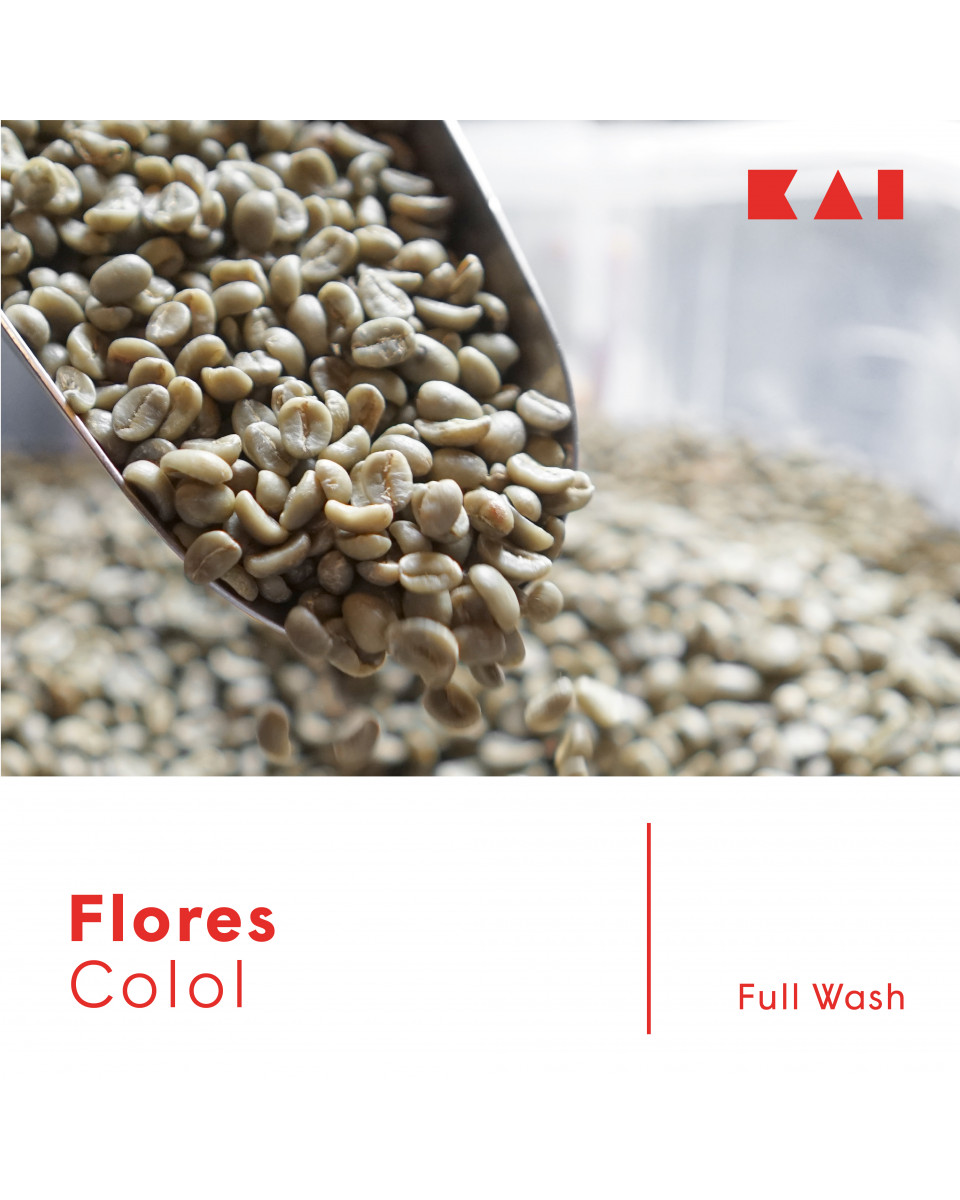

One way to increase the SNR for MRI is to obtain several images and average them together so that the signal remains and the random noise effectively cancels. The higher the SNR, the more accurate the quantification of measurements from the image and the clearer the image appears. See for instance the book, MRI the Basics, as an example.Īn excellent quality image will have a high signal-to-noise ratio (SNR) which is defined as the relative contribution of the true signal to the background noise signal. There are several accessible undergraduate textbooks explaining the basic principles of magnetic resonance imaging if the reader or students require more information. Given that this article is intended to describe a simple experiment for an undergraduate or graduate laboratory, we will assume the reader is somewhat familiar with the ideas underlying magnetic resonance based imaging. Magnetic resonance imaging (MRI) and signal-to-noise ratio (SNR) Each student did the imaging work independently of the others. We chose a summer student direct from high school, an undergraduate student working in the summer on a research project, and a two-year MSc degree student who was not familiar with the MRI techniques and principles before the project started. We have tested this project on three levels of students. For those students contemplating a biomedical imaging physics or engineering career this project will be beneficial if they require training in the future in a clinical or research setting using MRI. Students will be exposed to the underlying physical principles by justifying the effectiveness of the different birdcage volume RF coils in various applications. The project is to test different birdcage volume RF coils to learn which design is best for customized imaging purposes. Here we describe a relatively easy to implement training project or experiment whenever proper MRI facilities are available for advanced undergraduates or starting graduate students in MRI related research. However, little attention has been paid to the undergraduate use of the attendant research equipment in off-times for undergraduate training purposes with a concentrated biomedical physics and engineering emphasis. Many university physics and biomedical engineering departments have imaging instrumentation in a biomedical physics research context and other non-medical magnetic resonance research specialties. Undergraduate-level educational use of magnetic resonance technology has been implemented in chemistry-oriented undergraduate laboratories with a spectroscopic emphasis and in neurological psychology undergraduate laboratories where human brain focused images are the goal. It is designed for students interested in pursuing careers in the imaging field. The article describes experiments that students in undergraduate or graduate laboratories can perform to observe how birdcage volume RF coils influence MRI measurements. The experiments were easily performed by a high school student, an undergraduate student, and a graduate student, in less than 3 h, the time typically allotted for a university laboratory course.

The data collected in the simple experiments show that the SNR varies as inverse diameter for the birdcage volume RF coils used in these experiments.

The choice of RF coil to give the best SNR for any MRI study is based on the sample being imaged. RF coils can be designed in many different ways including birdcage volume RF coil designs. With a given MRI system at a given field strength, the only means to change the SNR using hardware is to change the RF coil used to collect the image. For a clear picture, and to do any quantitative MRI analysis, acquiring images with a high signal-to-noise ratio (SNR) is required. This article explains some simple experiments that can be used in undergraduate or graduate physics or biomedical engineering laboratory classes to learn how birdcage volume radiofrequency (RF) coils and magnetic resonance imaging (MRI) work.


 0 kommentar(er)
0 kommentar(er)
